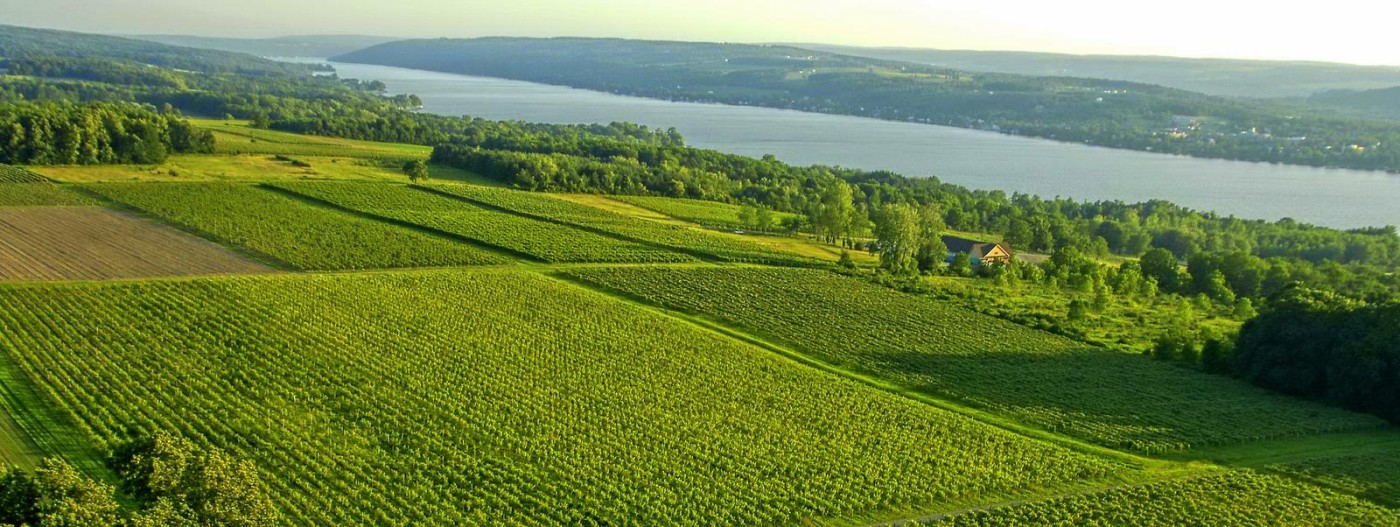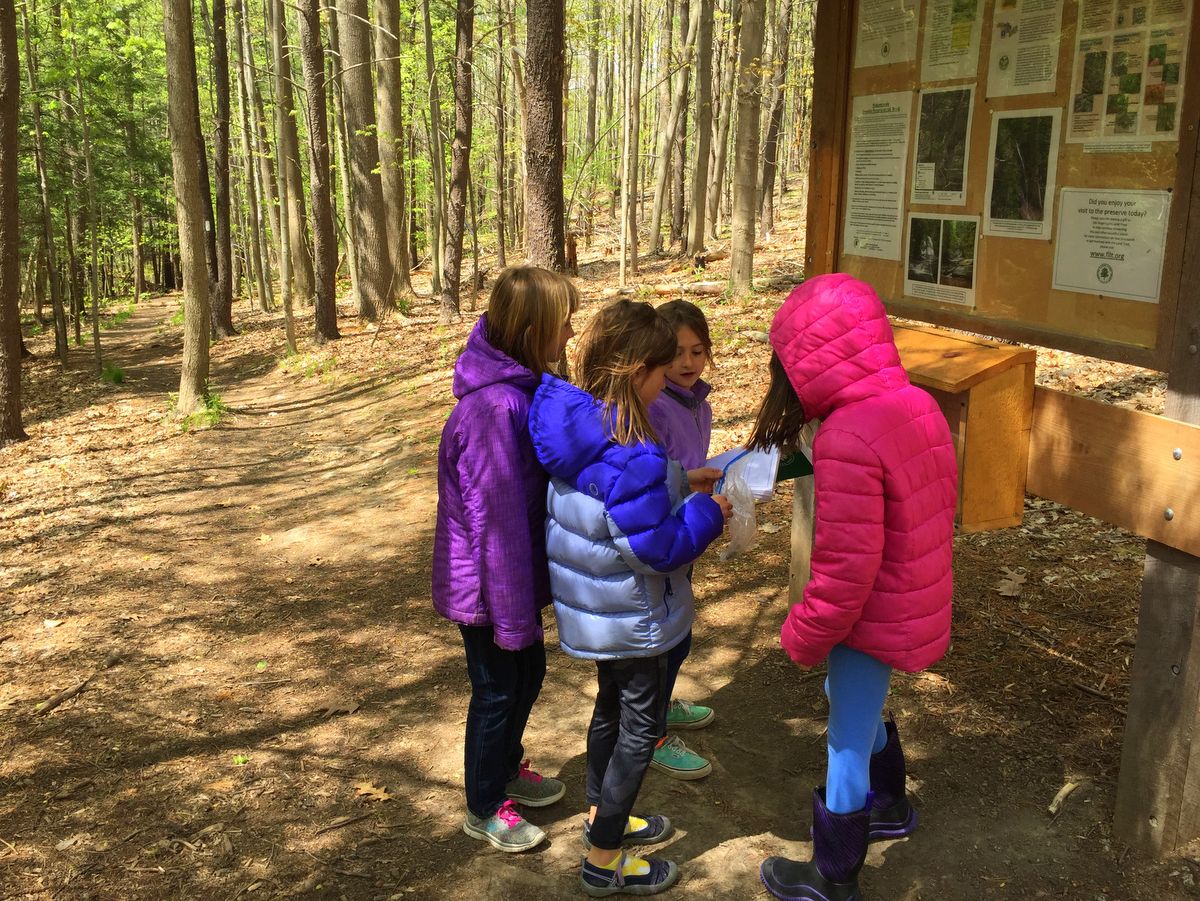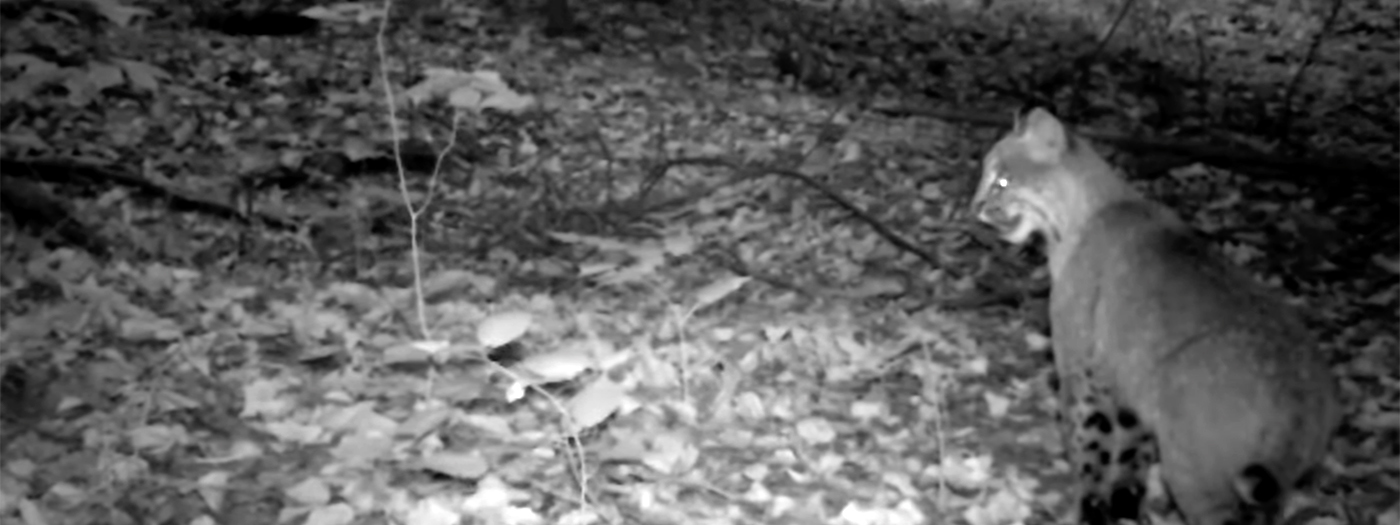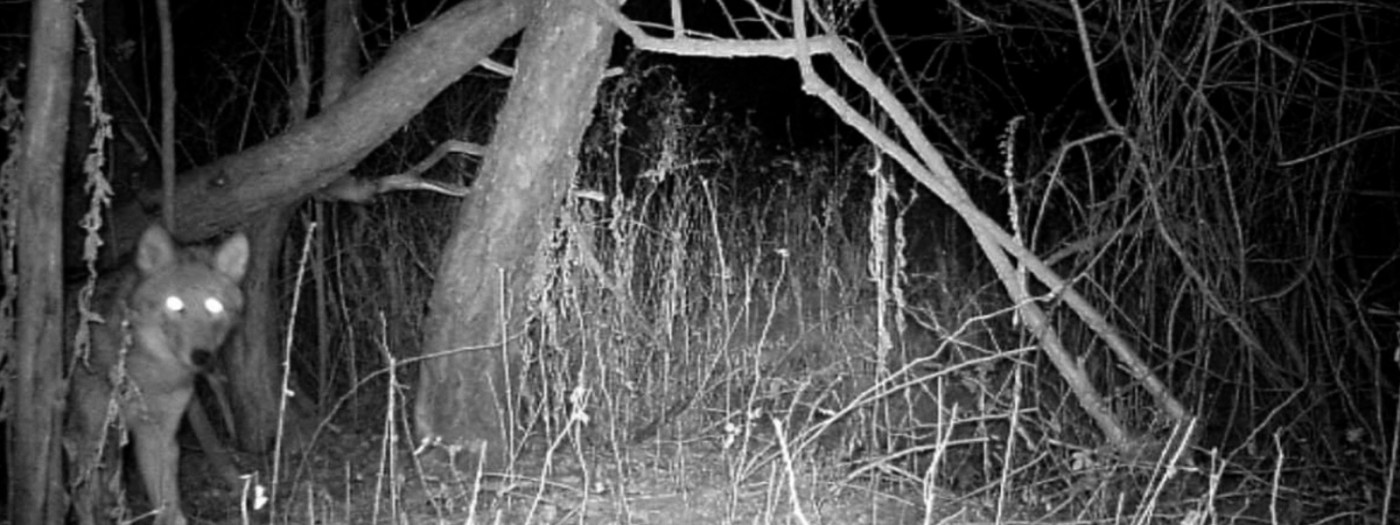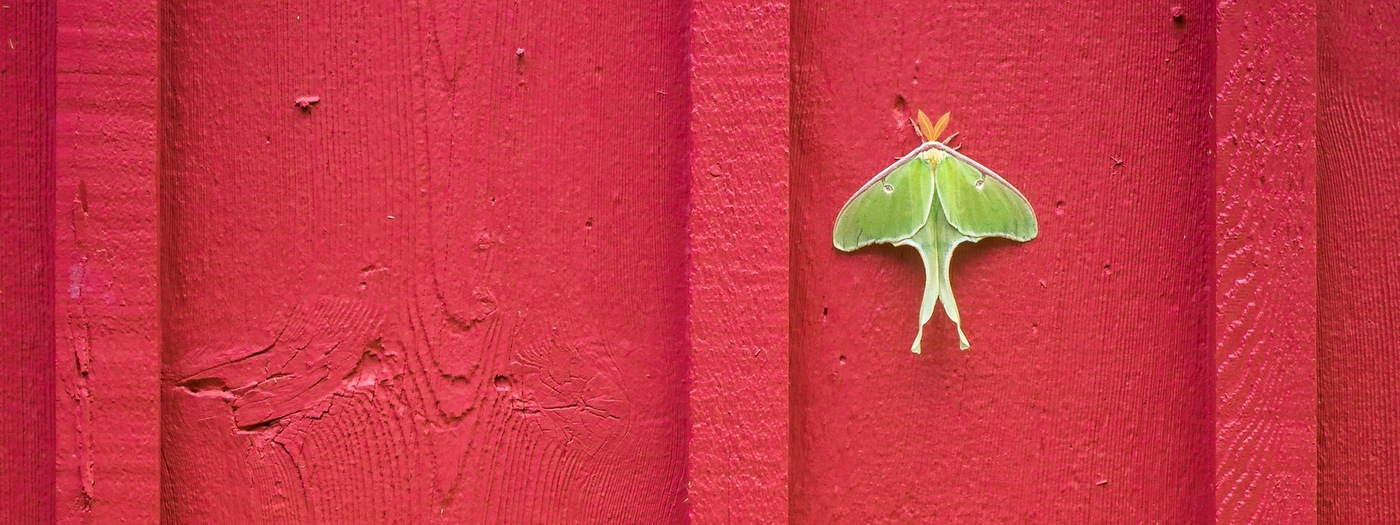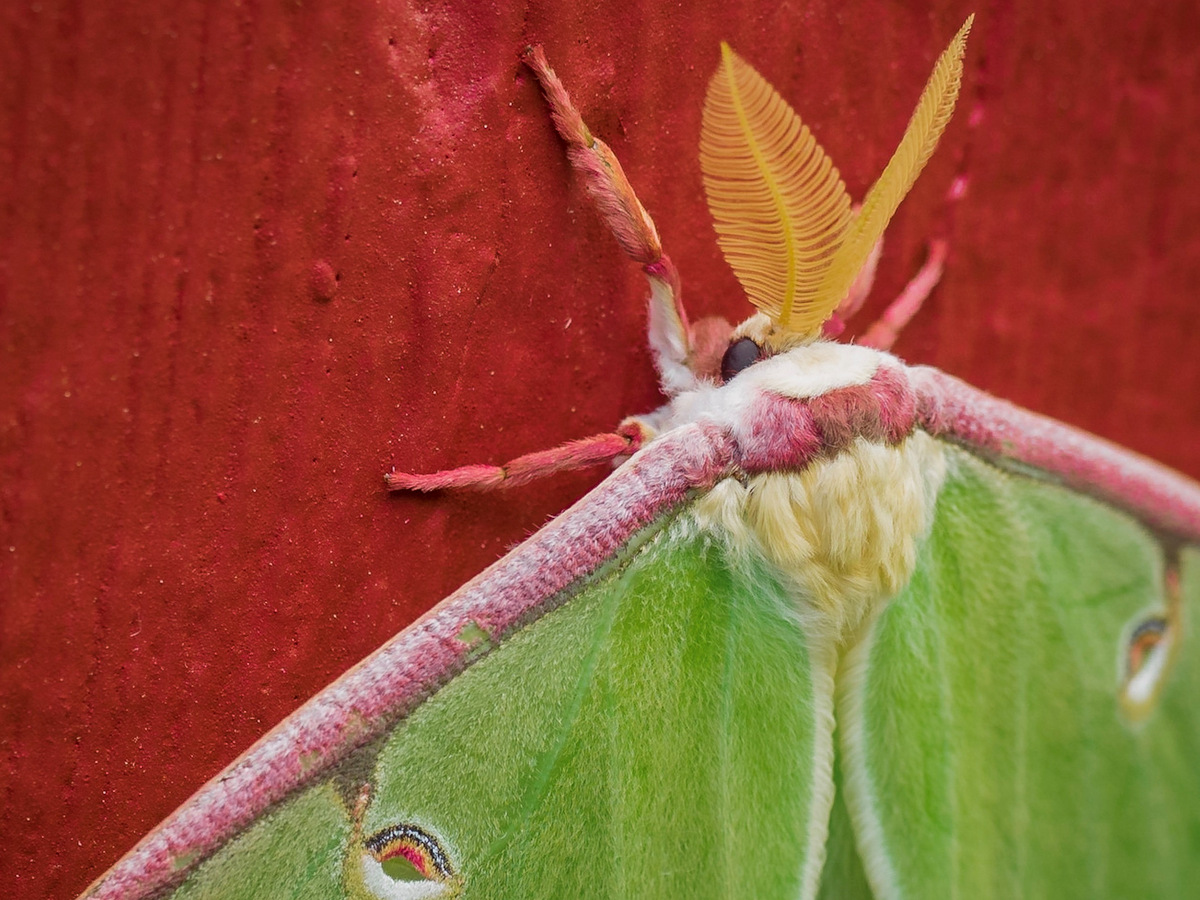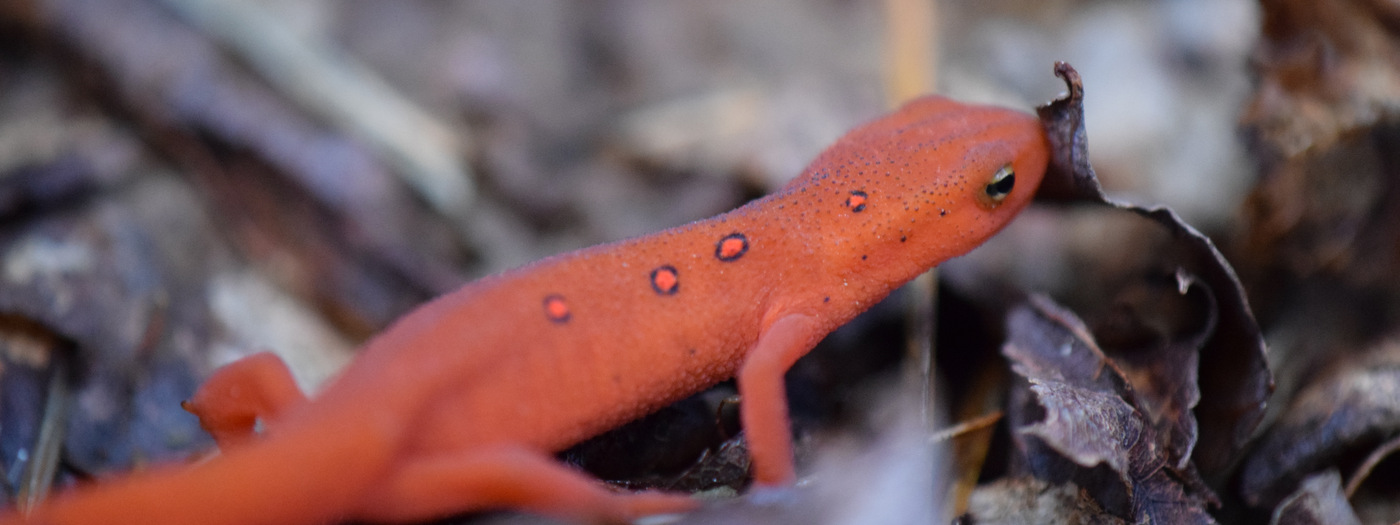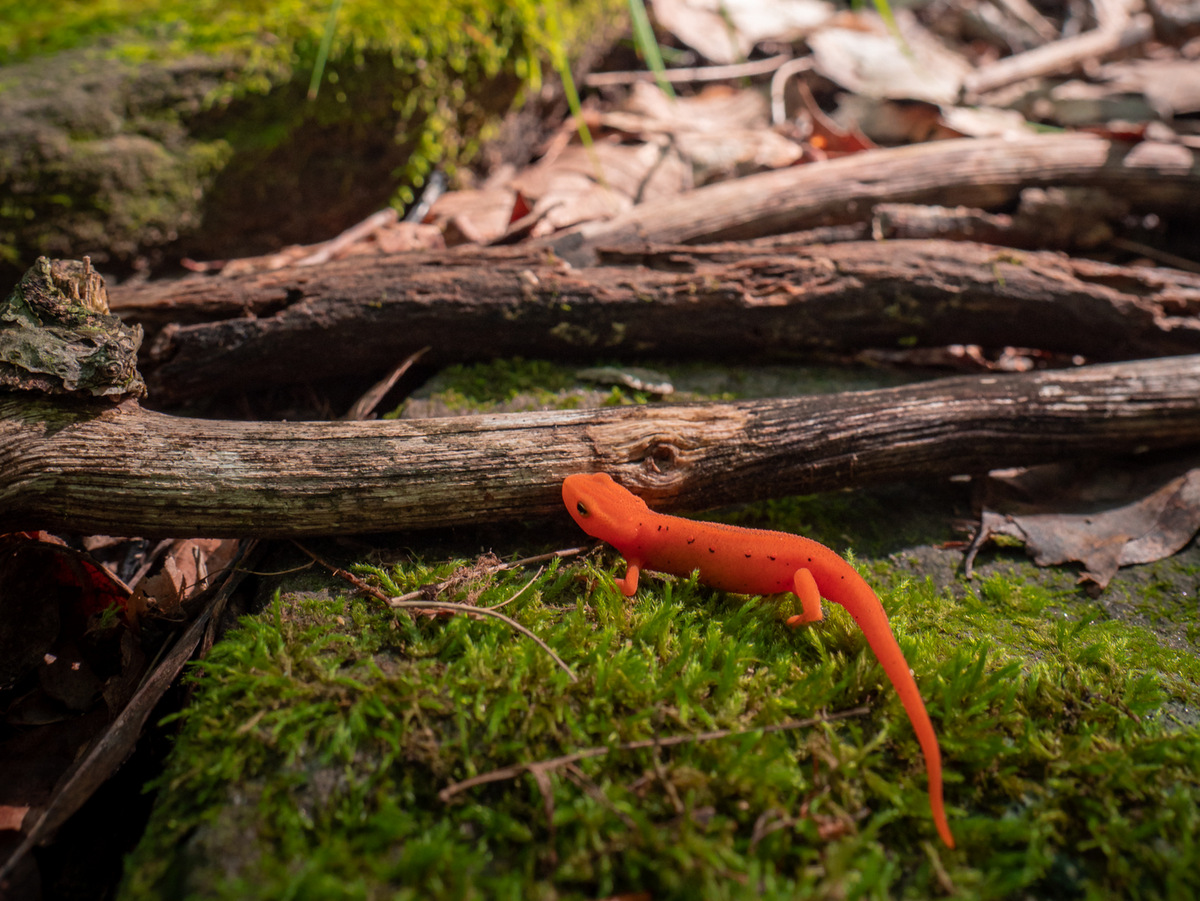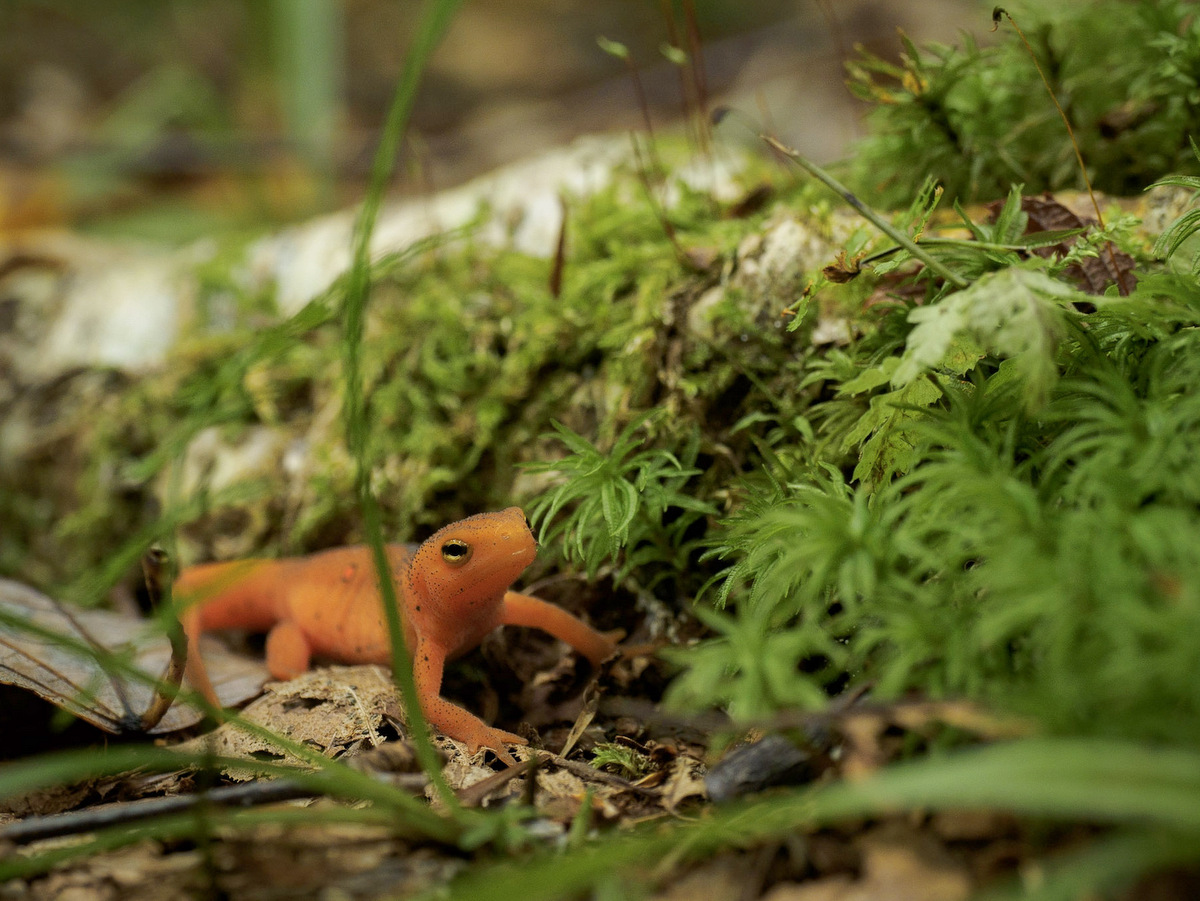PART OF OUR REGIONAL CONSERVATION AGENDA
Save Farms, Wineries & Rural Character
Theme 2 from our report on strategies for permanently protecting the priceless lands and waters of the Finger Lakes region
Here we share the second set of strategies from Lakes, Farms, and Forests Forever, our fully illustrated report which you can find on our web site at fllt.org/top10.
The Finger Lakes region is famous for sweeping expanses of farmland and picturesque lake views. Millions of tourists flock to the region to explore over 50 farmers markets, 3 wine trails, u-pick apple orchards, and emerging beer and cheese trails. Drawn by the lakes and agricultural tourism opportunities, visitors and residents alike are charmed by the rural character of our region.
Yet our agricultural land and iconic views are increasingly under threat. Farmers are challenged by the conversion of land for residential and commercial development — a particular concern for farms that rely on significant amounts of leased land. We are calling for sustained investment to save the farmland and scenic vistas that are most imperiled by development. By increasing funding from public and private sources — and providing technical assistance to municipal planning boards — we can preserve our farms, vineyards, and rural character forever.
The conservation strategies in this theme:
Save Threatened Farms & Wineries
Preserve agricultural lands that are most threatened by development through increased funding for New York State’s farmland protection program. Investment in this program will also spur economic development by aiding agricultural enterprises.
Protect Scenic Vistas & Designated Byways on Cayuga and Seneca Lakes
Inventory publicly accessible vista points across the region and lands bordering the Cayuga Lake and Seneca Lake Scenic Byways. Secure the highest quality vistas and lands through the acquisition of conservation easements.
Maintain Rural Character Through Stronger Land Use Planning
Strengthen locally-based land use planning by providing increased technical assistance to town planning boards and producing a region-specific guide to best practices for rural land use.
What you can do
If you love the Finger Lakes region, please take a moment to read Lakes, Farms, and Forests Forever. You can download a digital copy at fllt.org/top10 and request free print copies. Please share with friends who love our lands and waters, and consider supporting the Finger Lakes Land Trust by becoming a member and getting involved with our events and volunteer opportunities.

